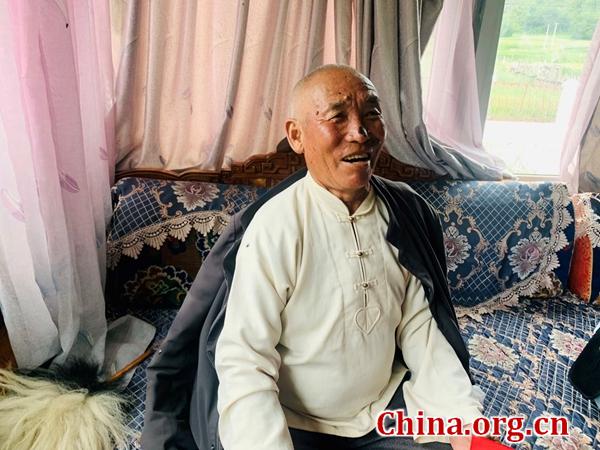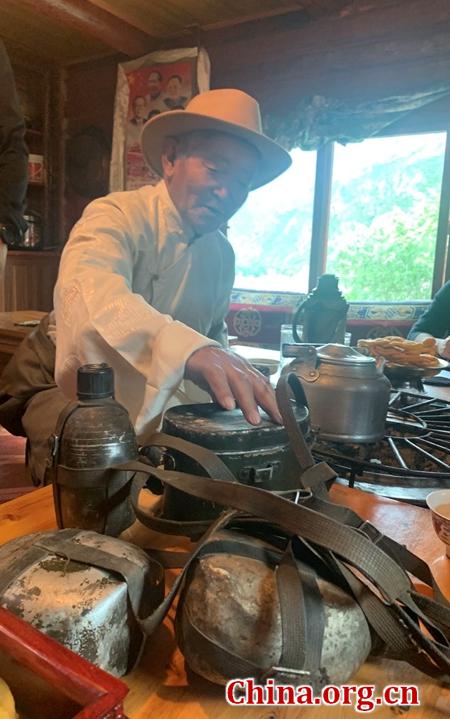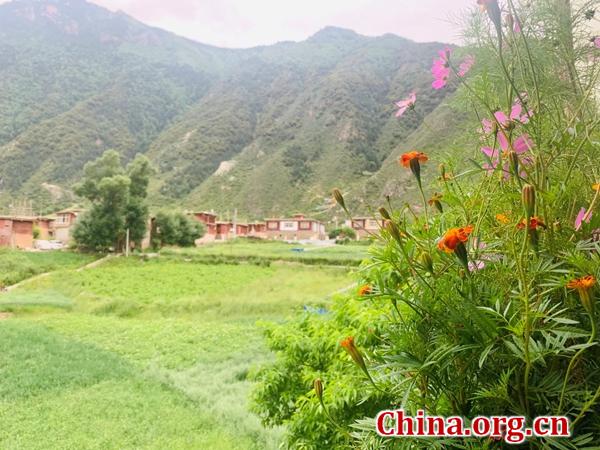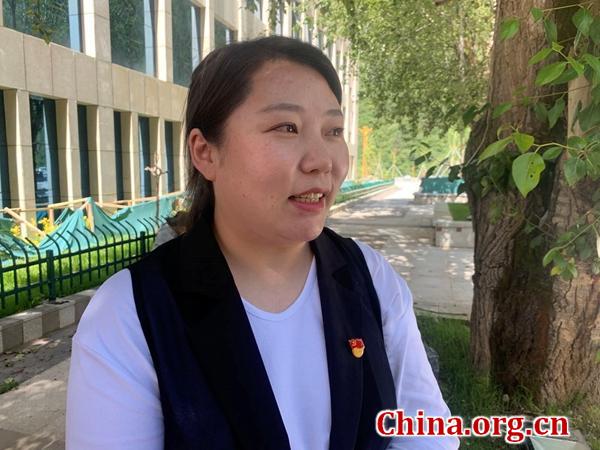71 years after peaceful liberation: Gamtog village in Tibet toward prosperity
Seventy-one years after the peaceful liberation in Gamtog village of Tibet, some of the locals still remember that day, and can recall the huge changes that have taken place in the area.
By Liu Jianing
"I ate my first grain of rice and watched my first movie when I was 8 years old, thanks to the People's Liberation Army (PLA)," said Phurba, a 79-year-old villager in Gamtog village, Gyamda county, Chamdo of Tibet.

In 1950, Gamtog village was the first place liberated in Tibet. Feeling respect for the PLA, he joined the army in 1969 and has been a member of the Communist Party of China (CPC) for more than 50 years.

"At that time, we expected the PLA to come here and save us," said Tsewang Phuntsok, an 83-year-old villager in Gamtog. Before they arrived, around 20 households in the village were serfs who had to do corvée, as did his family members.
He explained that the 18th Army of the PLA freed them, gave them food and materials — even though the soldiers did not have much themselves — and helped them to do farm work.
The 18th Army developed close relationships with the villagers. When the soldiers left, some gave Tsewang their kettles and items from their mess kits as souvenirs, which he has kept carefully for 71 years.

Profound changes have taken places over the past seven decades. Following the democratic reform in 1959, Tsewang's family received their own land. Now they plant potatoes, highland barley and peas, selling some and keeping some for themselves.
In the past, the family of nine lived in an earthen house, with the livestock kept on the first floor. "There were no roads in the village before 1950," Tsewang explained. "The 18th Army of the PLA built them for us."
Now their houses have been renovated by the local government. Tsewang's son has a stable income as a driver for the Gyamda County Tourism Bureau, while he receives 1,700 yuan ($261.46) to 2,000 yuan each month in old-age subsidies, allowing him a decent standard of living.
Tsewang also has a grandson and granddaughter: one in middle school and the other in elementary school. The government covers all their fees in Tibetan schools.
Thanks to poverty alleviation policies, Gamtog village officially escaped poverty in 2018. The average annual income of villagers rose from around 3,000 yuan in 2015 to more than 12,000 yuan in 2020.

Talking about the great changes during the past years, the former village Party secretary Yonghong recalled three of the most remarkable. First is clothes. As a 7-year-old, he only had clothes covered with patches, but now he wears nice, clean clothes. Second is water. In the past, villagers had to walk to the river to get water, and it was extremely cold and inconvenient in winter. Through a local government infrastructure program, the whole village received access to tap water in 2016 and electricity in 2017. The third big change is roads, which have been renovated three times.
The village is not only proud of its history, but also determined to promote its culture by developing red tourism. Boasting special advantages for red cultural tourism, such as its unique history, attractive scenery and convenient transport, Gamtog village has seen an uptick in visitors during recent years.

In 2020, the red cultural tourism area in Gamtog village was designated as a 4A scenic area. From April to July this year, the village has received 70,000 visitors to its 21 tourist attractions, creating 30 jobs, with monthly incomes ranging from 3,600 yuan to over 6,000 yuan, according to Tsering Sangmo, director of the Gyamda County Tourism Bureau.
The village now has 26 Tibetan-style homestays, with the owners receiving dividends annually. Tsering said the government will continue to promote homestays with distinctive features in the future, helping the locals to enjoy more benefits.

